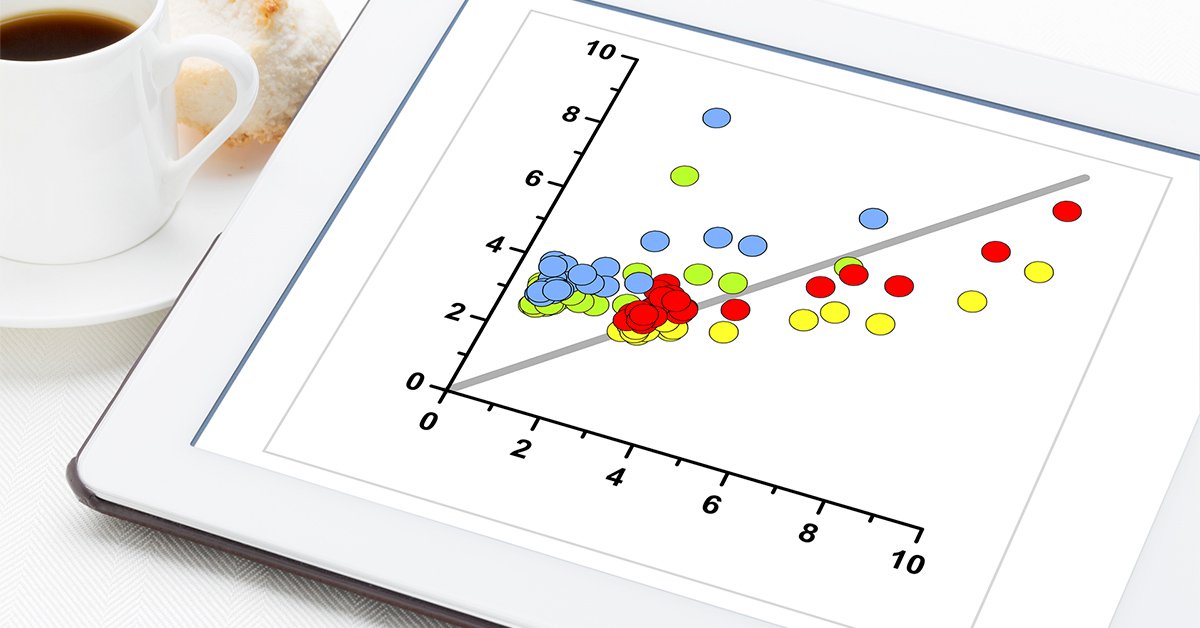Implementing CECL: 6 Key Considerations for Risk and Compliance Teams
You are no doubt aware of the significant changes with the implementation of the Current Expected Credit Loss (CECL) accounting standard. CECL represents a major shift in the way that financial institutions have historically estimated and set aside funds for credit losses on loans and other financial instruments. The evolving regulatory scrutiny associated with these […]
Read More










